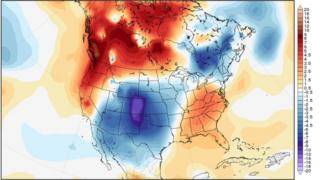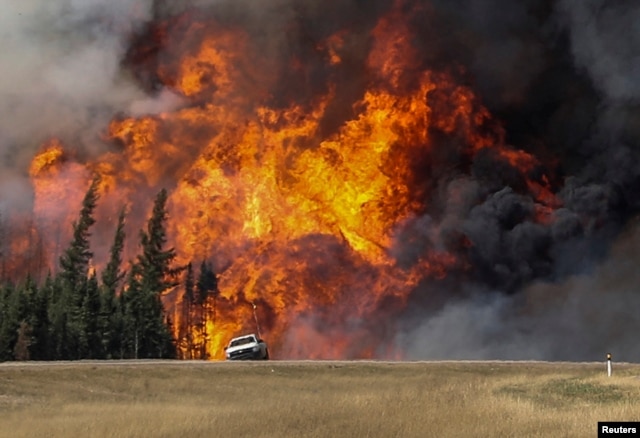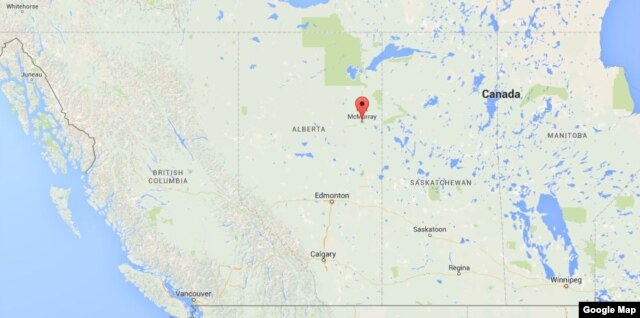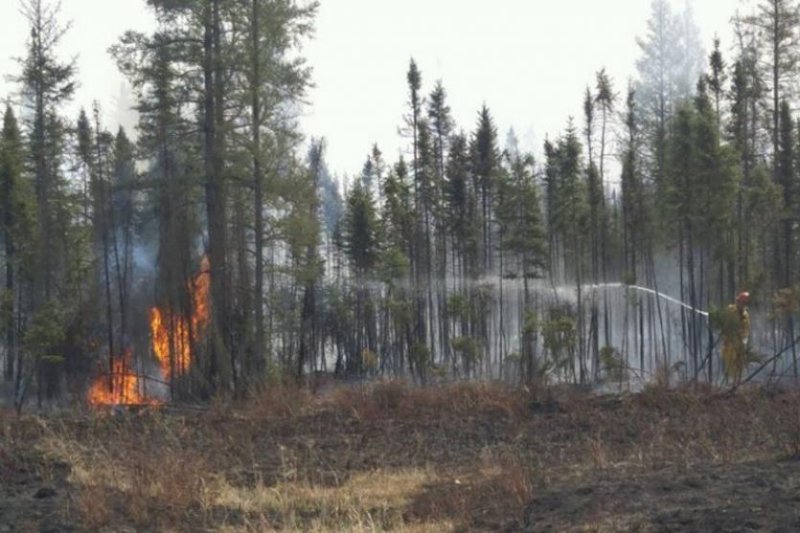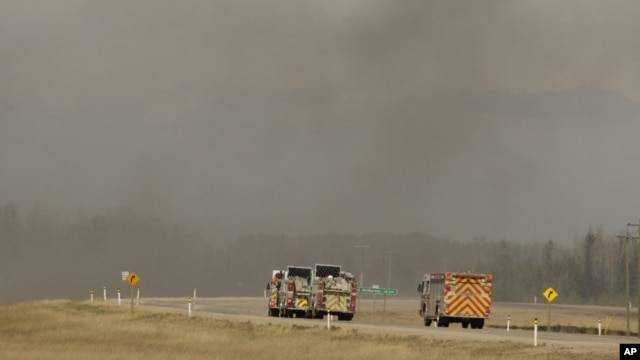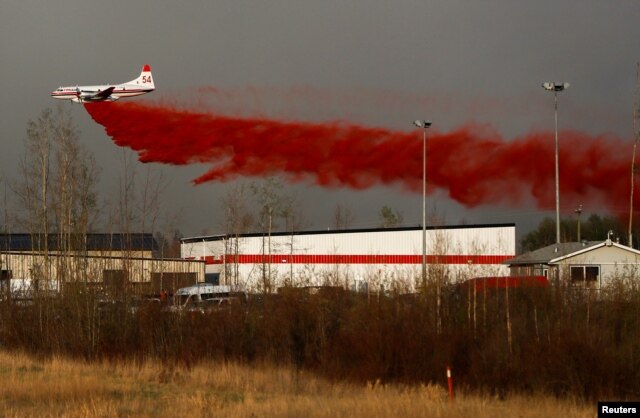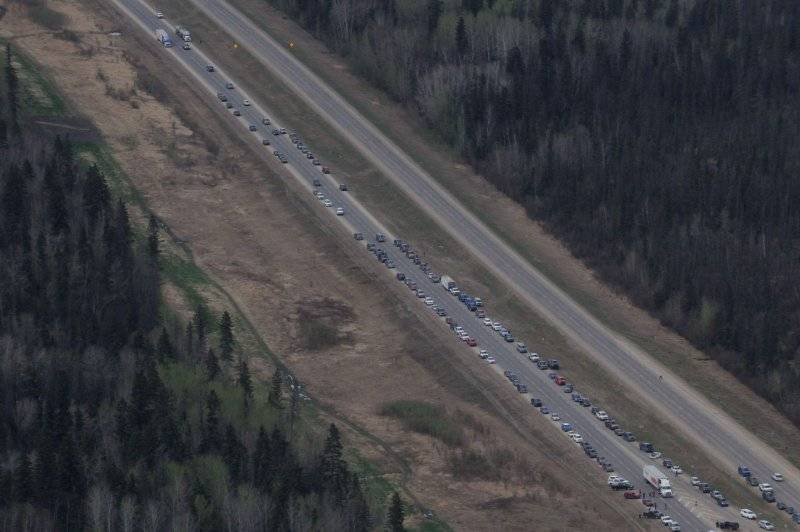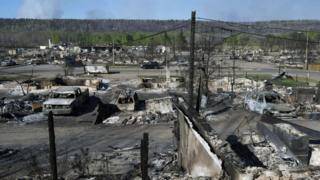Freewill
Platinum Member
- Oct 26, 2011
- 31,158
- 5,072
- 1,130
Yes sir, vote for Mrs. Tuzla Clinton so she can continue the destruction Obama started.
WASHINGTON (Reuters) - The number of Americans filing for unemployment benefits rose more than expected last week, posting the biggest gain in more than a year, but the underlying trend continued to point to a strengthening labor market.
Another report on Thursday showed a 35 percent surge in planned layoffs by U.S.-based employers last month. Most of the announced job cuts were concentrated in the energy sector, which is reeling from low oil prices that have hurt profits.
Initial claims for state unemployment benefits increased 17,000 to a seasonally adjusted 274,000 for the week ended April30, the Labor Department said. Last week's increase was the largest since February of last year.
U.S. jobless claims rise; planned layoffs surge
WASHINGTON (Reuters) - The number of Americans filing for unemployment benefits rose more than expected last week, posting the biggest gain in more than a year, but the underlying trend continued to point to a strengthening labor market.
Another report on Thursday showed a 35 percent surge in planned layoffs by U.S.-based employers last month. Most of the announced job cuts were concentrated in the energy sector, which is reeling from low oil prices that have hurt profits.
Initial claims for state unemployment benefits increased 17,000 to a seasonally adjusted 274,000 for the week ended April30, the Labor Department said. Last week's increase was the largest since February of last year.
U.S. jobless claims rise; planned layoffs surge


